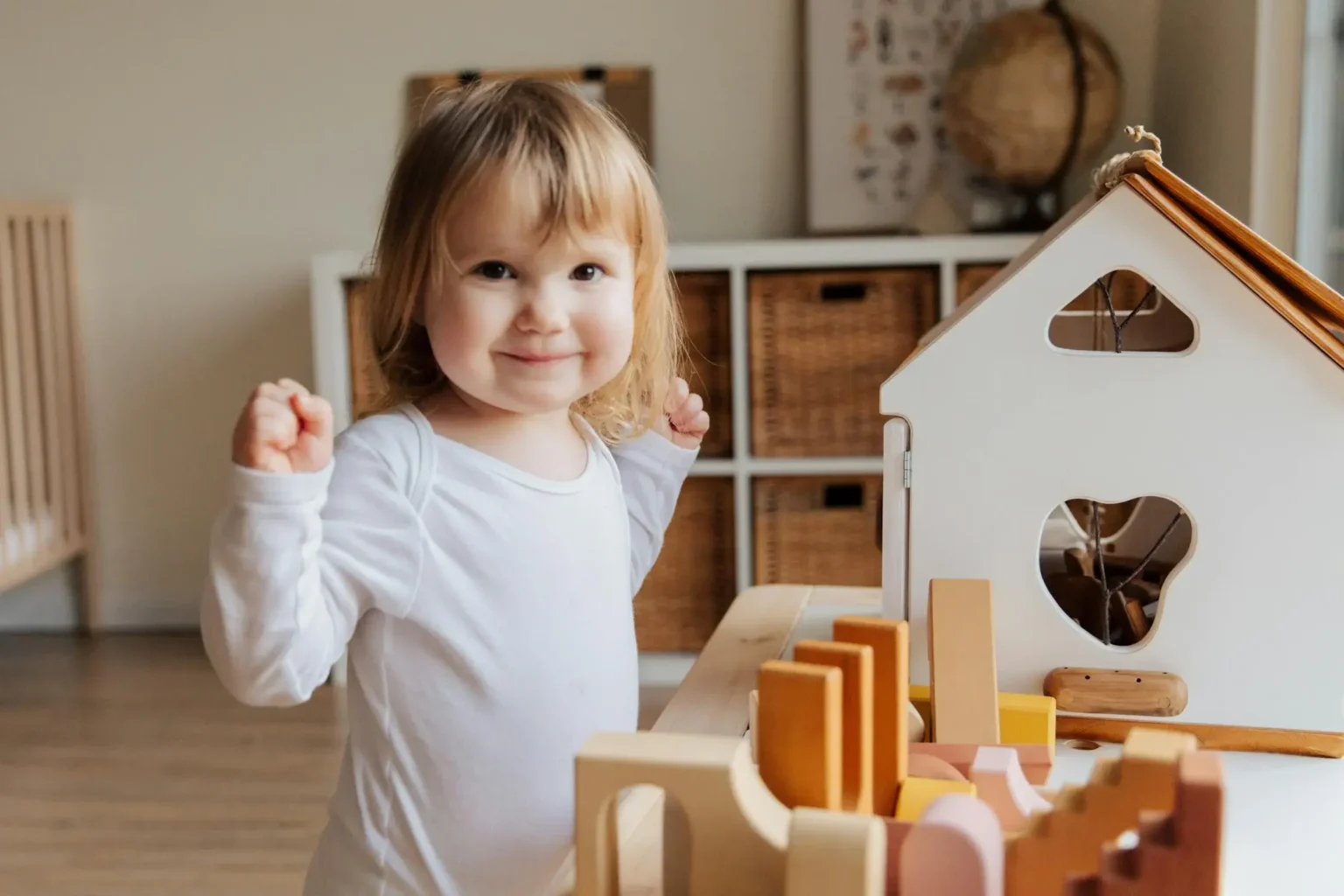As the kids grow, take their first steps, develop, learn new things, and explore the world, creating a supportive environment for them is essential. This environment should encourage the child to make independent discoveries, explore, and gain valuable practical experience. These principles are embedded in Maria Montessori’s philosophy of child development. She introduced these principles and developed the first educational materials and guidelines for setting up a room that supports a child’s growth at their own pace, allowing them to feel comfortable and free.
What approach did Maria Montessori propose?
Since the main idea is to allow children to learn from their own experiences, explore the world through practical actions, learn through play, and freely use their space. The approach to the interior of a child’s room should align accordingly.:
- The space should be free from chaos and clutter. It should not be visually overwhelming or crowded with things.
- The furniture should be suited to the child’s size: chairs, tables, beds, shelves – everything should be accessible for the child to use without adult help.
- The room should be easily adaptable to the child’s needs. Since these needs change rapidly, the furniture should be multifunctional, and the interior should be easily adjusted.
- All furniture must be safe since the child can use it independently.
Busywood follows these principles, offering high-quality wooden children’s products that meet safety standards and help create cozy and functional interiors. Montessori style is suitable for small, compact, and spacious children’s rooms, where it’s easy to divide the space into functional zones and ensure comfort.
How to choose children’s furniture?
The simplest solution is to buy ready-made nursery furniture sets that include all the essentials, with all elements harmoniously complementing each other. Ready-made sets can include beds, wardrobes, tables, chairs, shelves, and other storage solutions. You can also purchase sports and play furniture sets that support active development and healthy physical activity at home.
If you prefer to choose individual items, make sure the child has spaces for resting, learning, playing, and creative activities, as well as storage for their belongings. Montessori beds are typically low, with the mattress close to the floor. Some may even rest directly on the floor, allowing young children to easily get in and out, play, rest, and get up whenever needed. The low height not only ensures convenience but also safety.
Low cabinets and wardrobes are designed to teach children how to organize their belongings independently, return items to the shelves, choose their clothes, and learn tidiness.
The learning space, which includes chairs and tables, should also match the child’s height. It’s very convenient to choose models with adjustable height, so when the child is writing, crafting, or reading, they can maintain proper posture without straining to reach the surface. Everything should be suited to their age and needs.
Checklist for choosing furniture:
- Before buying, measure the room’s dimensions and estimate where each functional zone will be most conveniently arranged.
- Ensure the selected furniture has optimal dimensions to fit comfortably in the room.
- Check that the children’s products are of high quality and made from eco-friendly materials that are safe for the child’s health.
- If possible, choose multifunctional and durable furniture. For example, a wooden bed is an ideal investment since the child will use it for many years. If it also includes additional sports elements like monkey bars, it can double as a play area, fulfilling two needs with one purchase.
If your child is old enough to express their preferences, you can select a few top options and let them choose. This will help the toddler feel like an active creator and owner of their space.


